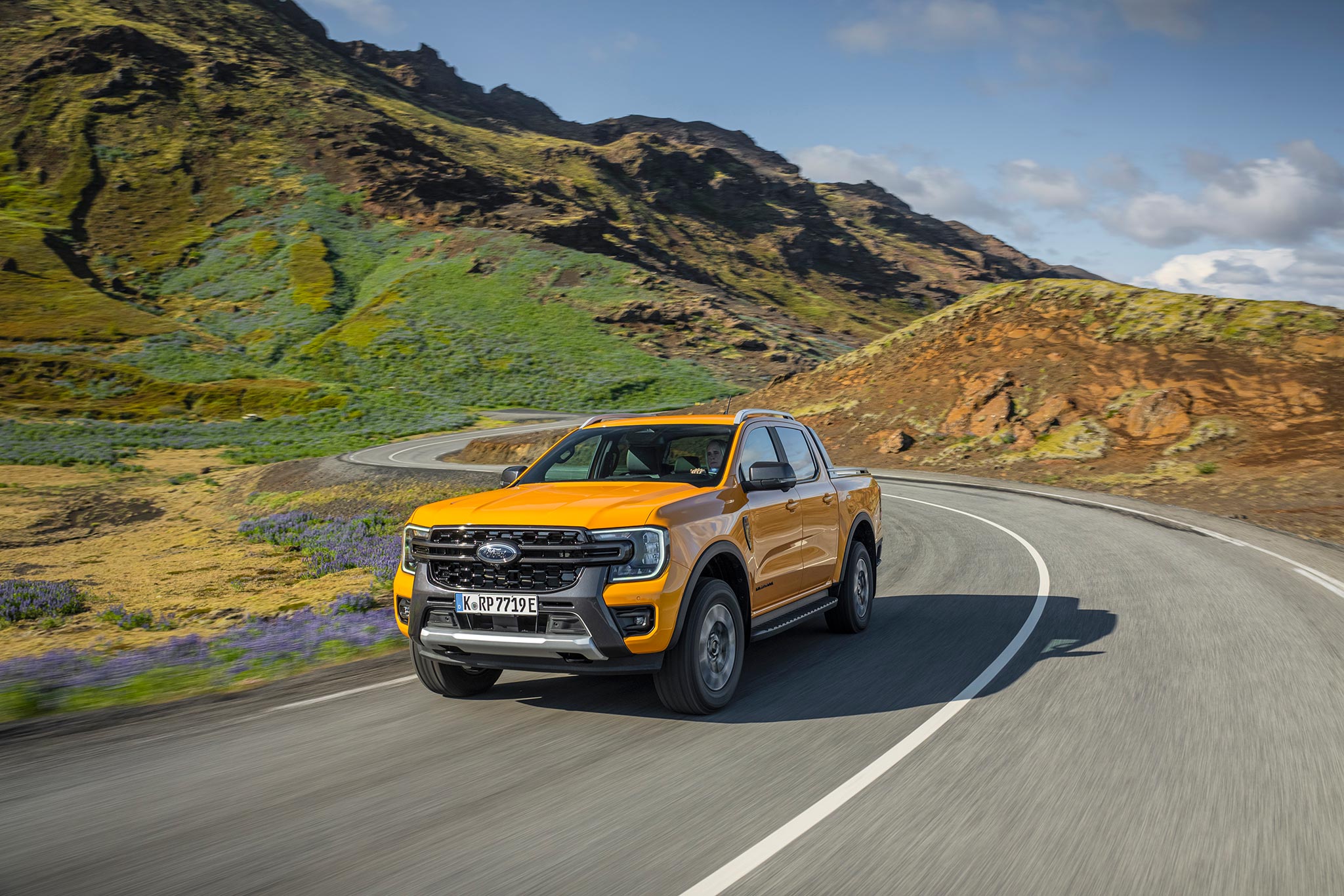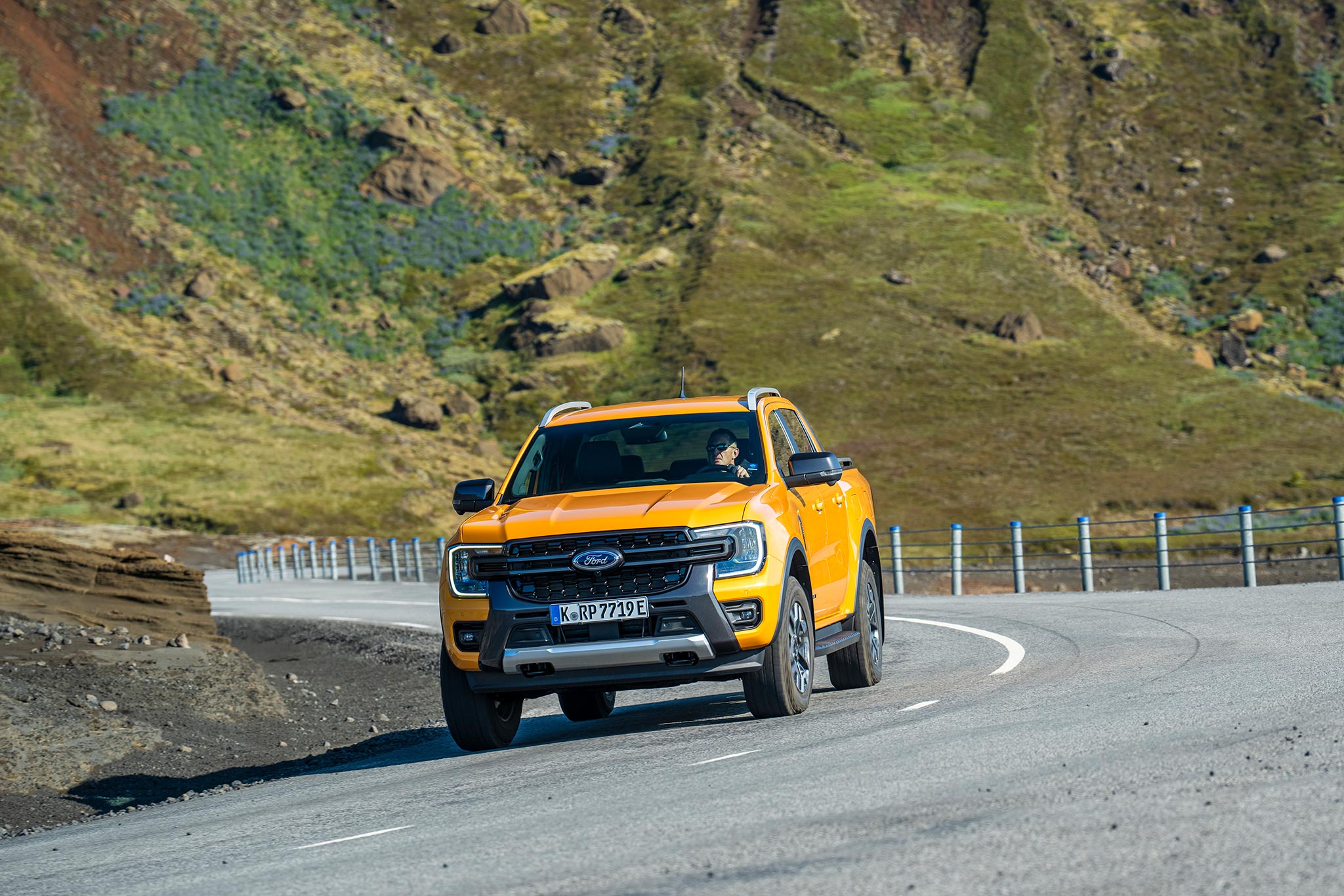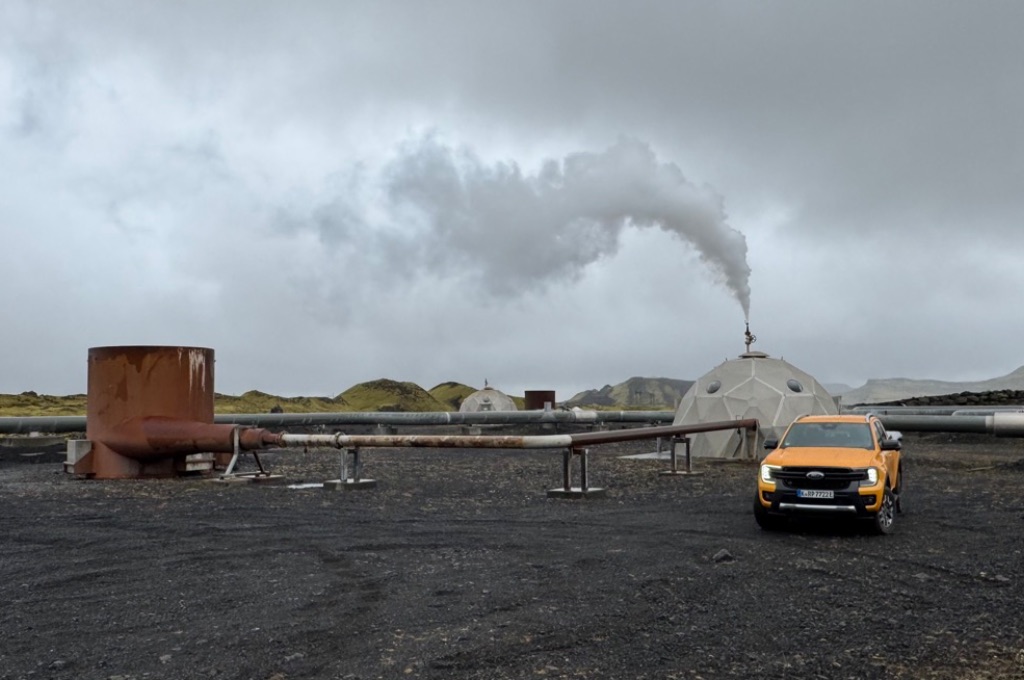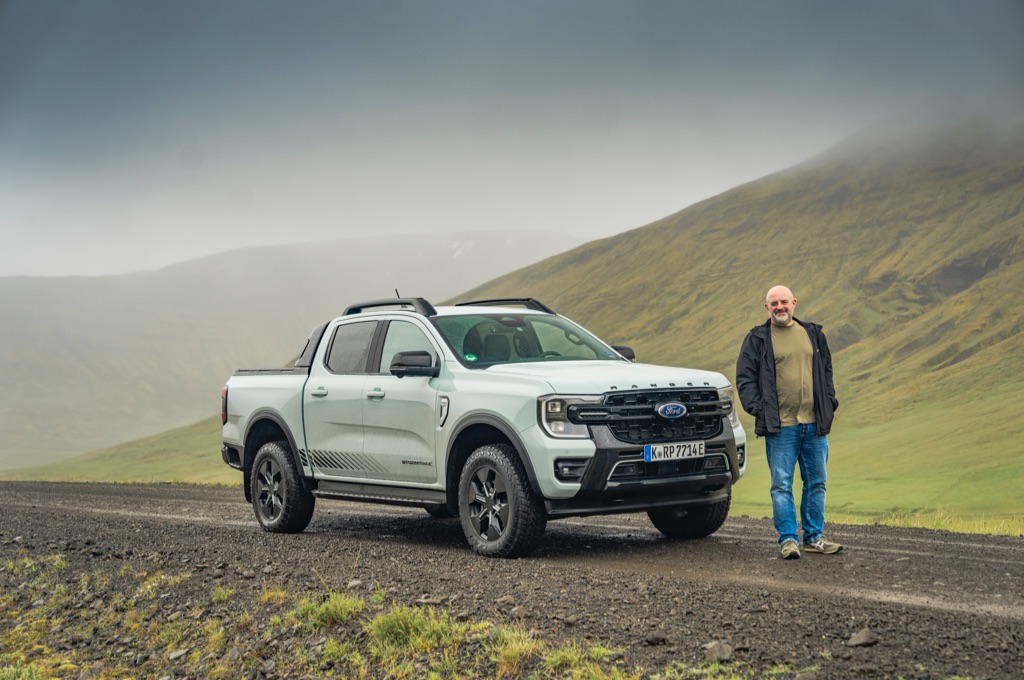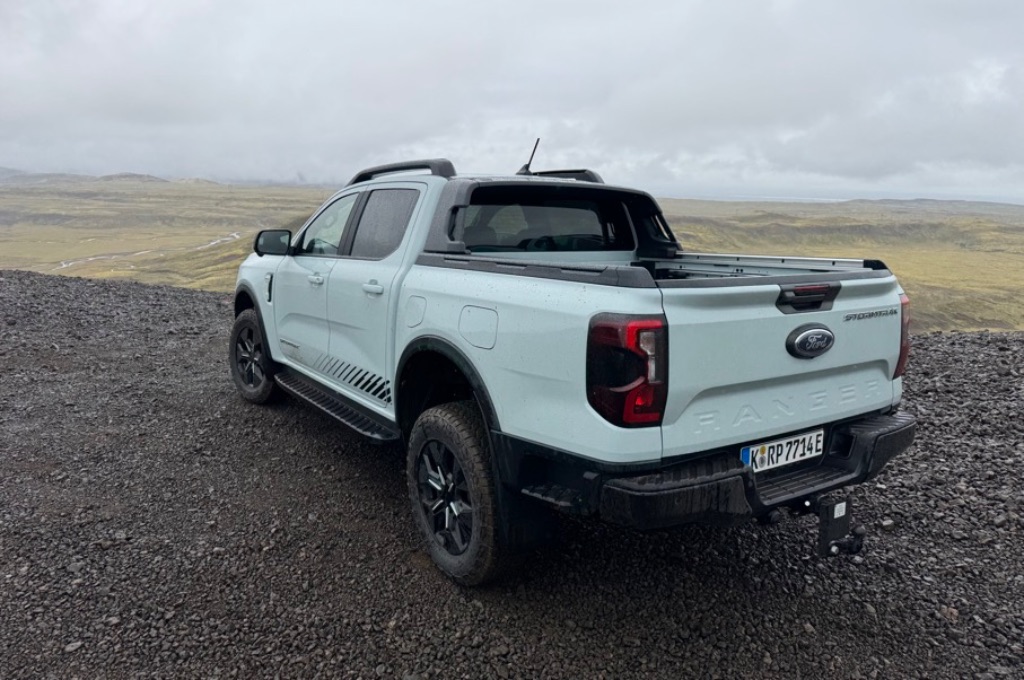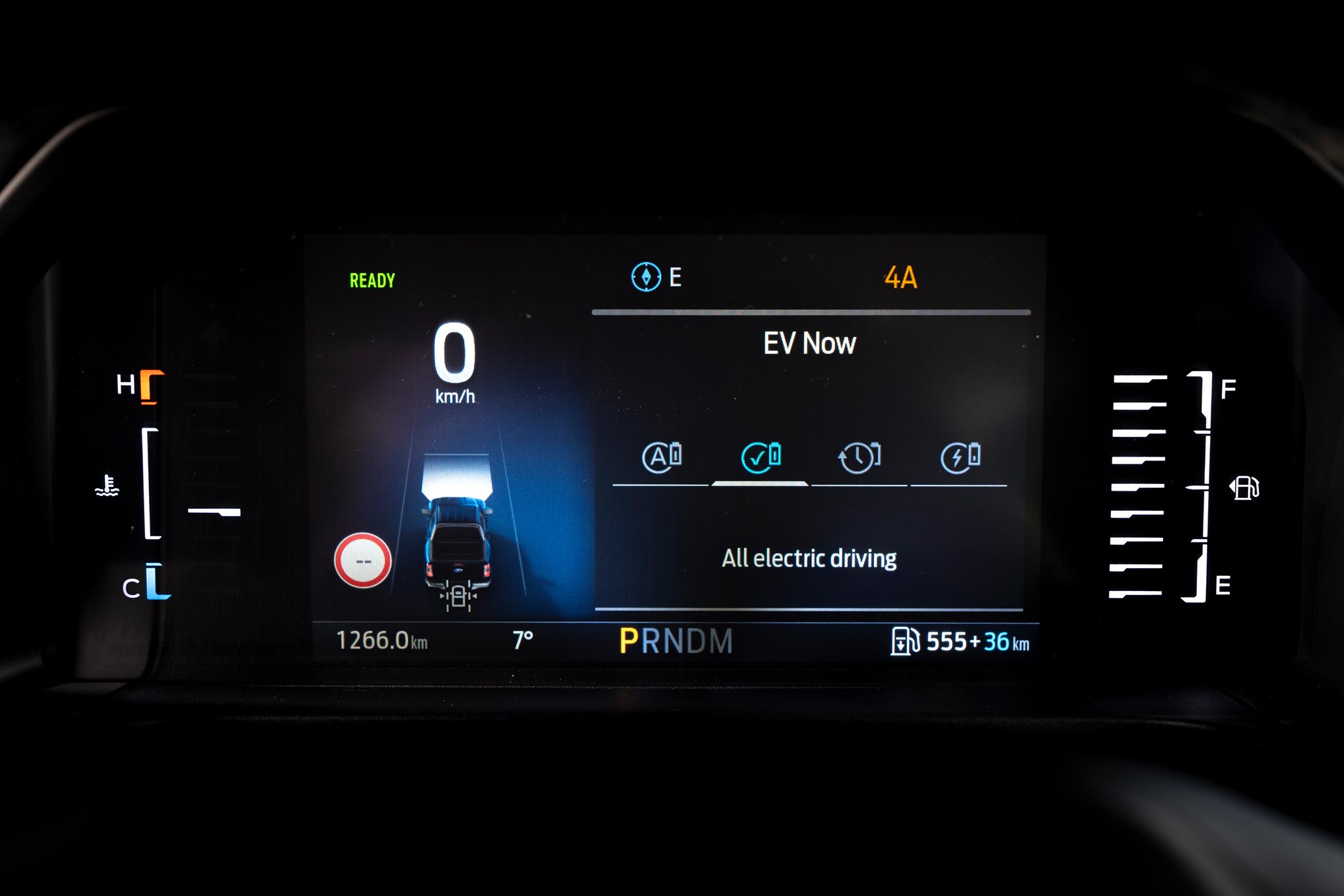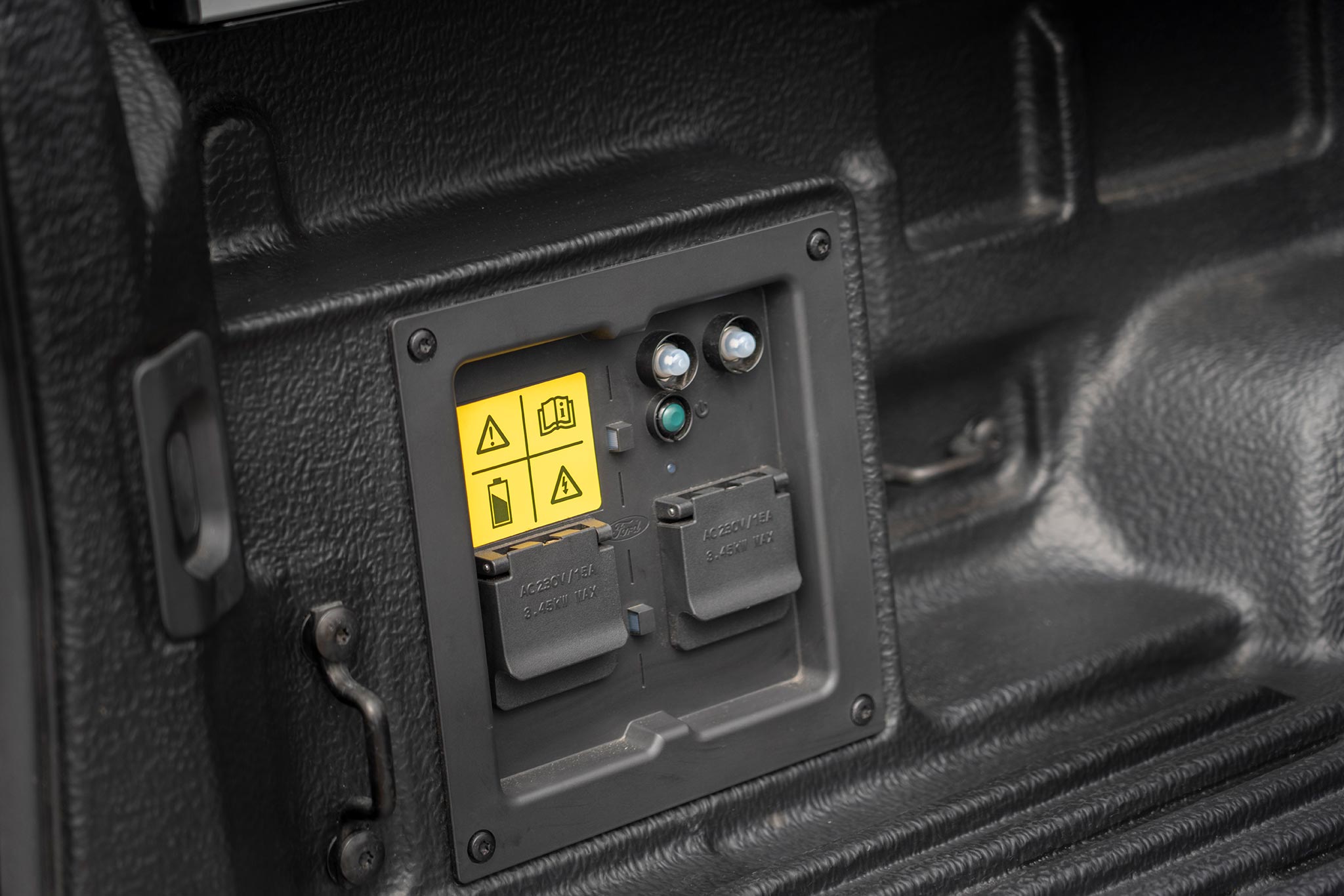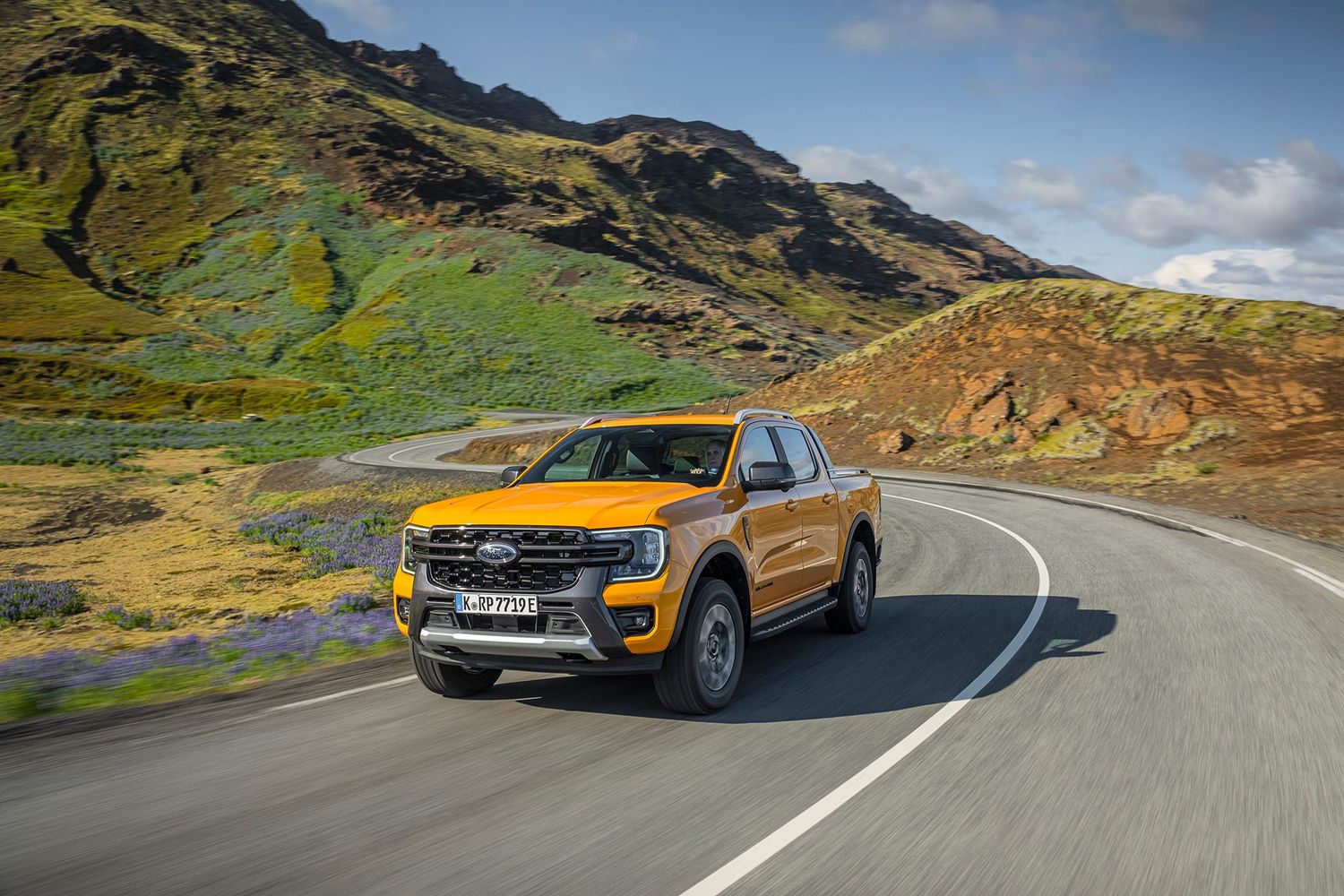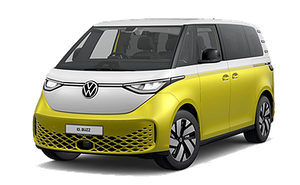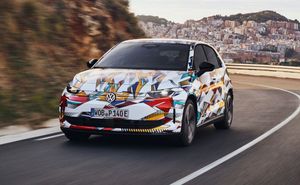These have grown in popularity purely because they were incredibly tax efficient for company car drivers. As they were classified as commercial vehicles they were taxed in the same way as vans, meaning the money taken out of your pay packet every month was less than a supermini, even if you chose big V6 diesel which was laden with kit.
This loophole has now been closed, and these pick ups are now treated as cars by the tax (wo)man. It means anyone getting a pick up now will have to pay the same percentage as any other company car driver with a big diesel, if they have access to it for private use.
But giving them up will be hard for anyone who has a genuine need for the load-carrying ability of a pick-up – whether for work or leisure.
Ford’s new Ranger PHEV aims to make the tax changes less painful. It has a petrol engine and an electric motor which cuts the emissions and therefore the tax, while maintaining the load and towing capacities.
Does it add up, or is it a load of rubbish?
Powertrain, Range, Battery and Charging
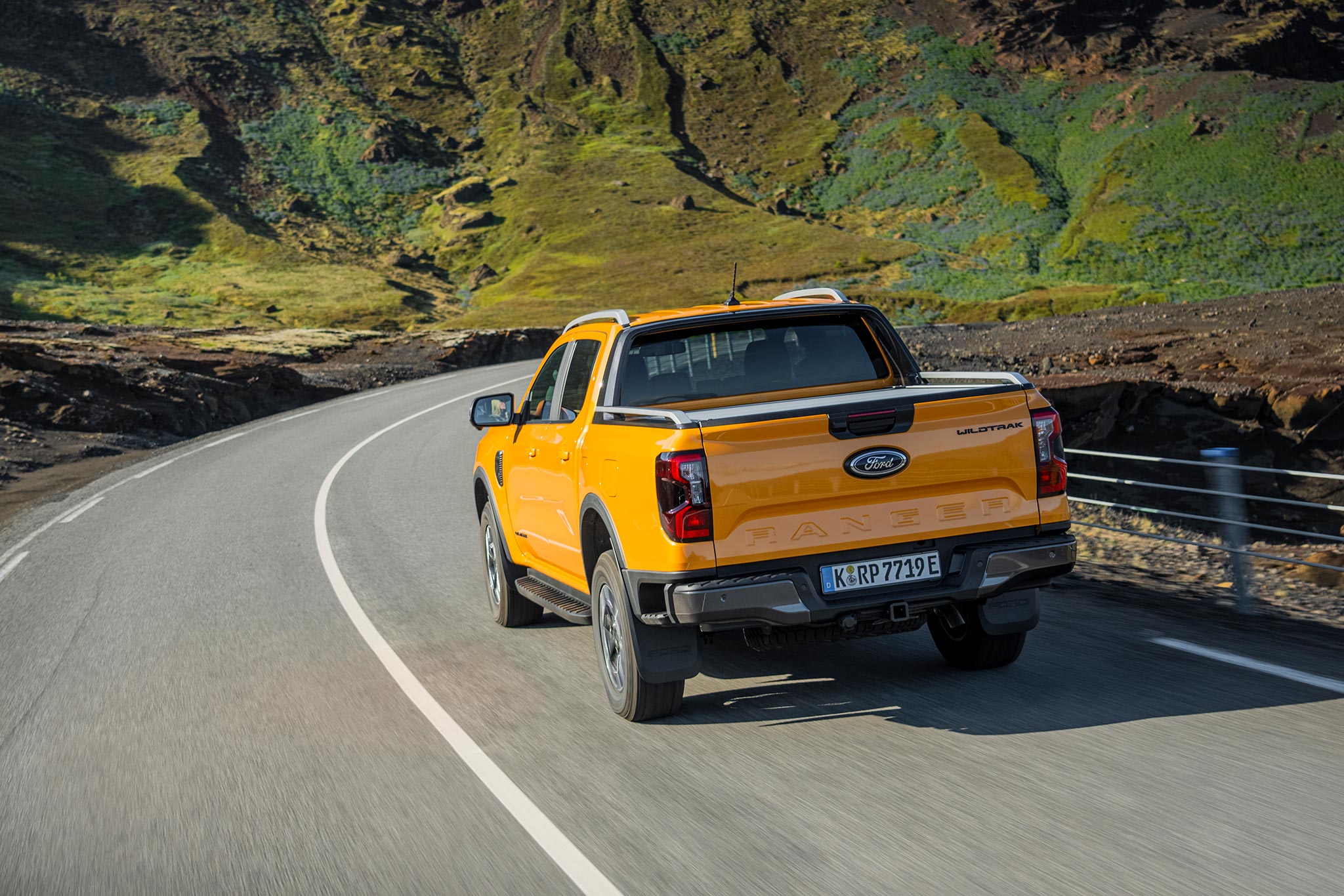
It will take a while for pick up owners to adjust to filling the new Ranger up at the green pump when they need fuel. The familiar (and infamous) diesel engines Ranger owners are used to have been replaced with a four-cylinder petrol and an electric motor.
The engine is Ford’s 2.3-litre Ford EcoBoost, which can trace its roots back to the Scorpio of the 1990s and has recently been seen in the Mustang. That means it is proven, but is also remarkable smooth and perky.
It’s helped out by a 75 kW electric motor, which is fed by an 11.8 kWh (usable) lithium-ion traction battery. The combination is fed to the wheels through a 10‑speed automatic gearbox.
The two motors together make 277bhp and – more importantly - 697 Nm of torque. That’s more than the biggest diesel.
The battery can be charged by plugging in, but only an AC point and it will take a maximum of 3.5kW. That means it takes around four hours to charge using a home wall box, and means a quick top up over a lunch break is hardly worth it, which is a shame for anyone who really wants to make the most of the electric assisted efficiency.
When full, the Ranger is theoretically capable of up to 27 miles of pure-electric driving. According to Ford, that’s more than the daily driving distance of 52 per cent of Ranger customers.
You can also charge the battery using the petrol engine or by capturing energy when coasting. It can then be released into the rear load bed sockets or to drive the Ranger on electric power only, for example in a town.
Practicality, Payload and Dimensions
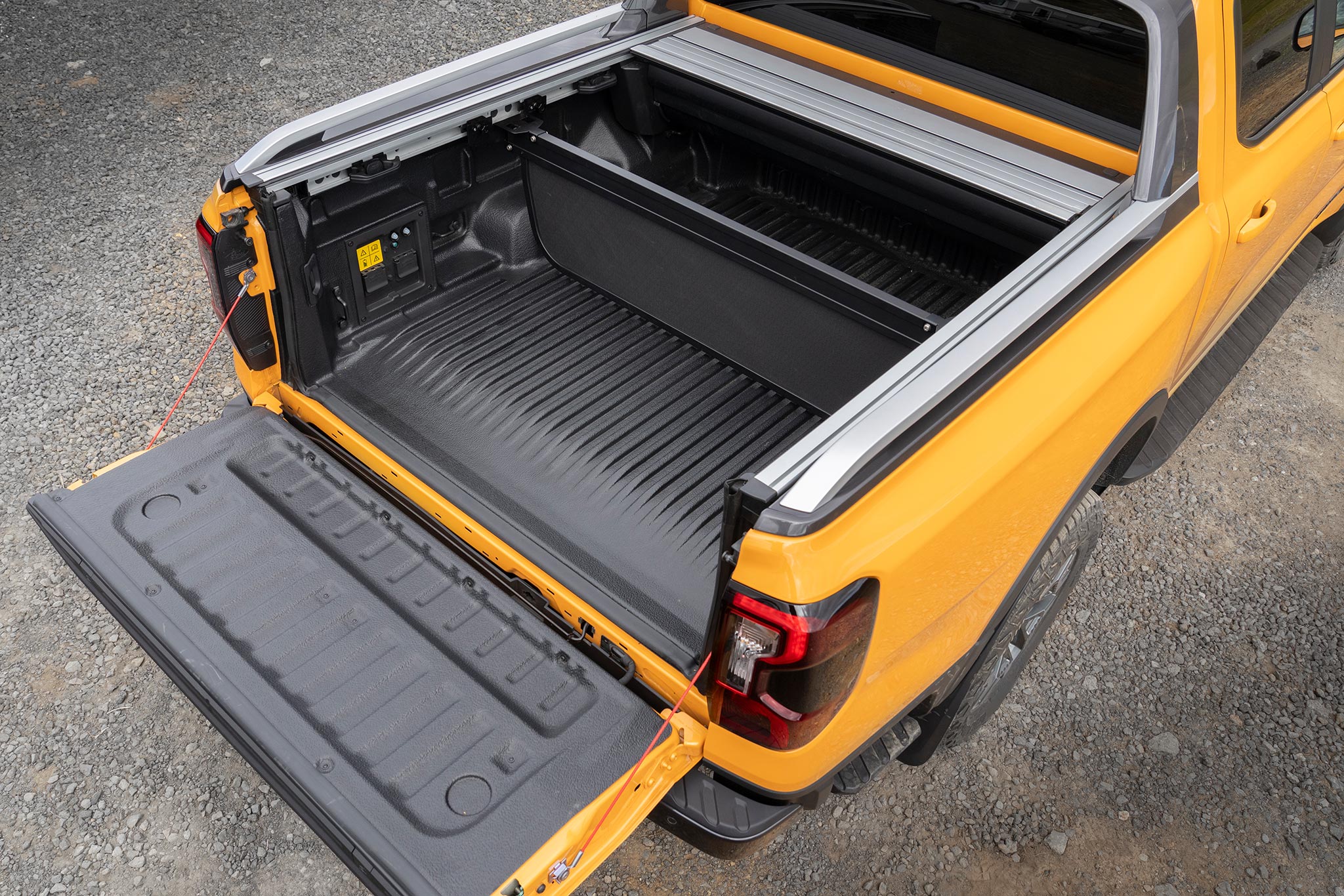
Although some drivers choose a pick up just to avoid tax, there are undoubtably many who need the load lugging capabilities.
The Ranger PHEV’s vital statistics are largely unchanged from the diesel’s. Every Ranger PHEV is a five-seat Double Cab and the 1,638mm long load-bed will accept a Euro pallet between the wheelarches, up to a one tonne weight (actually 1,043kg, to allow for a hardtop to be fitted and still reach the magic figure needed for tax purposes). It is slightly smaller than the diesel’s load bed though, with what Ford describes as a ‘power bulge’ in the floor, but most owners won’t notice.
Crucially, it can still tow up to 3,500 kg too – an essential for many pick up drivers. A clever towing assist pack will also make it easier to manoeuvre trailers using technology to work out the best way to reverse when hitched.
As an added bonus, the load bed also has the option of Ford’s Pro Power Onboard technology, first seen on the Transit. It means owners can tap into the traction battery to run power tools or the beer fridge on a campsite.
The basic 2.3 kW system is plenty for charging and powering tools, or a 6.9 kW system is features two 15 A outlets in the load box, with 3.45 kW available from each outlet – providing more than enough power to run a small worksite with compact cement mixer (1,500 W), angle grinder (3,000 W) and flood lights (800 W) running simultaneously.
Interior, Seating and Technology
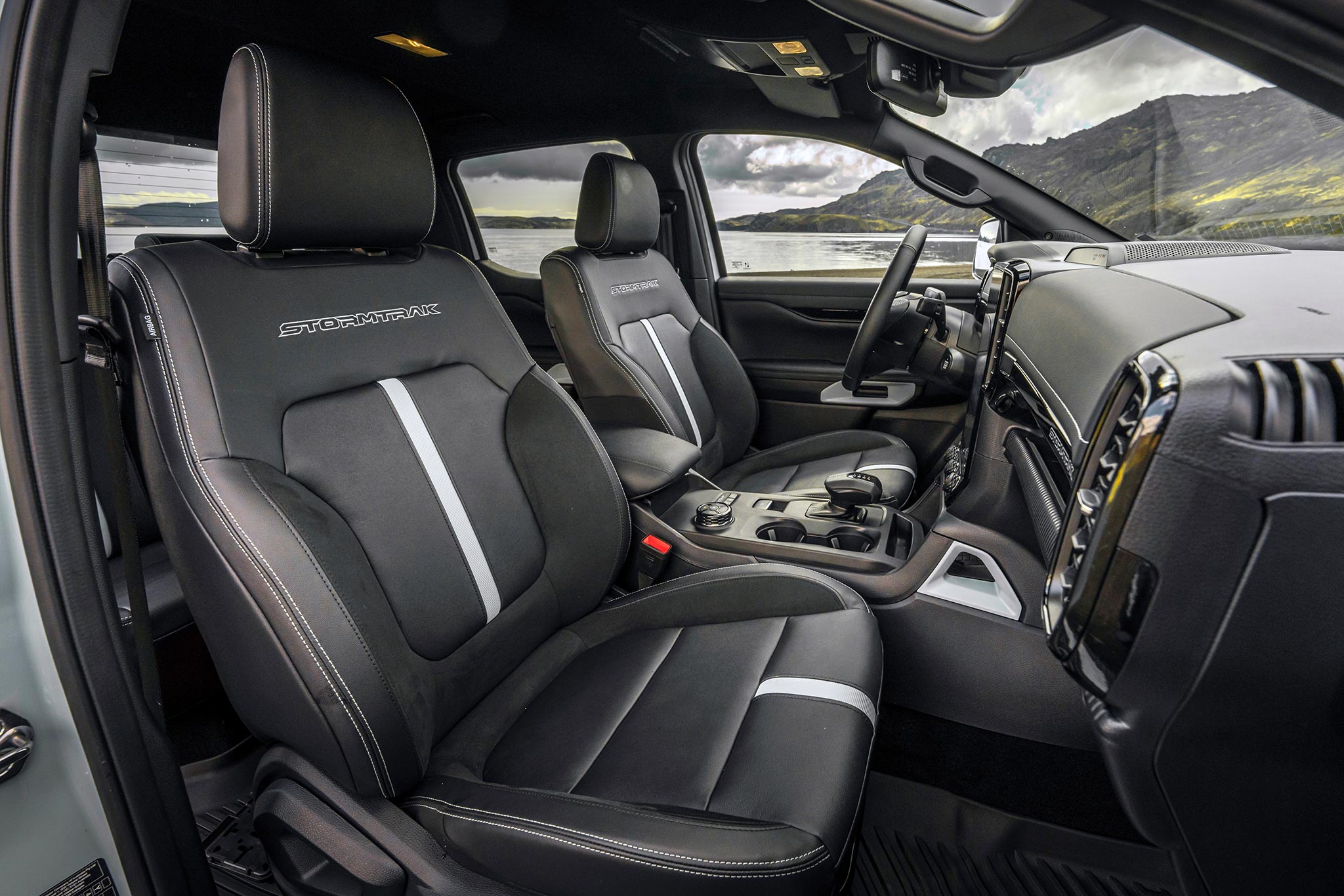
Ford seems to be well aware that the Ranger’s rivals aren’t just other pick-ups – it also has to appeal to drivers who might consider an SUV. So the Ranger is far from feeling like a commercial vehicle inside, with quality and equipment which can compete with prestige cars. Everything you touch feels nicely squishy or rock solid where you’d want them to be.
The dashboard has a wireless charging pad, two decent cupholders and a big central stowage box. The front seats (which are heated in all but the base XLT) are supportive too, although hauling yourself up into them can be a chore for anyone who is less mobile. The Ranger is high off the ground, which is great for visibility while you are driving but not so good when you need to climb up or hop down.
A 12-inch vertical touchscreen is standard, as is an 8-inch digital instrument cluster and wireless phone charging. There are buttons where you’d want them too and in general the system is intuitive to use. The Stormtrak launch edition also features a 10-speaker B&O sound system.
As the Ranger has a pretty old school 4x4 system, the modes are selected using a central controller to select two wheel drive for normal tarmac, or all four wheels driven in low and high range. The dial can also be used to control an optional trailer assist system, which makes it easy to reverse a trailer and avoid embarrassment at the caravan park or boat ramp.
Motors, Performance and Handling
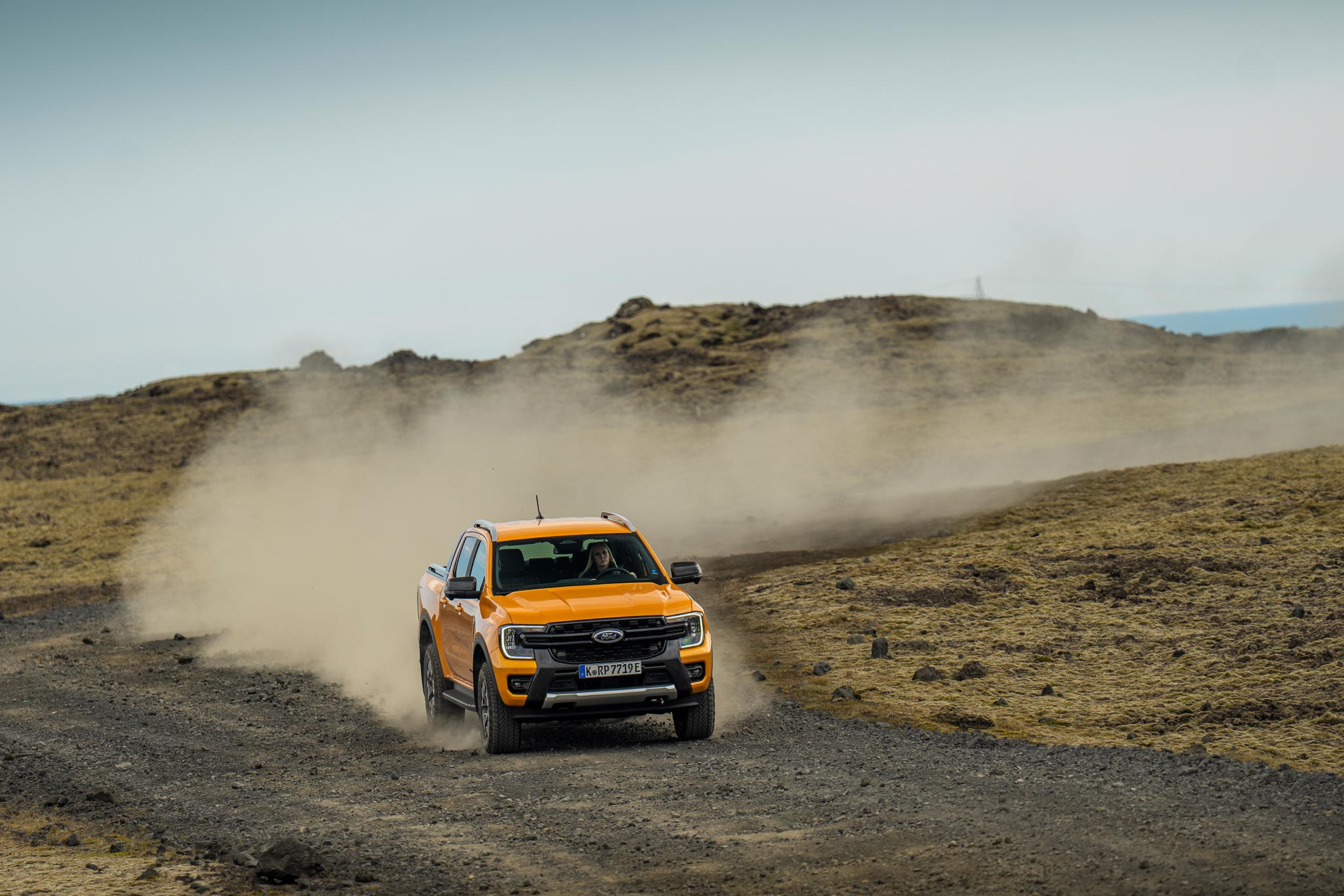
If you are used to a diesel, the refinement of the HEV powertrain will come as a bit of a revelation. In electric mode it is silent and smooth of course, but even when the engine kicks in it is barely noticeable. This is helped by some clever noise cancelling tech which neutralises the engine sound in the same way as headphones do when you’re on a plane.
The gearbox does a great job of slurring its ratio swapping too, which is just as well since it has 10 gears to choose from.
There’s plenty of power too – in fact, when the battery is full and the electric motor is in full play, the acceleration off the line can be a little too sudden. This shove will be great if you are hauling a trailer load up a hill, but takes some getting used to when unladen.
Otherwise it feels at least as perky as a diesel. The only time we felt it was a little lacking is when overtaking at motorway speeds. It’s far from slow, but doesn’t have the urge you might be used to.
As for handling, it is great for a pick-up truck, which none of the squeaks and groans you might expect from a vehicle with a separate chassis and bodyshell. There’s a decent amount of body roll of course, but it feels surefooted and refined.
But it will feel compromised if you are coming out of an SUV. Overall, I’d say the Ranger dynamically compares to a big 4x4 car made 10 years ago, or a modern one with the tyres pumped up too much.
Off road the Ranger is impressive, which an option for low range and diff locks if you get really stuck. My only complaint is that the gearbox is uncomfortably jerky in low range mode, so it’s best to swap to manual override for the changes.
Running costs, Pricing and Specs
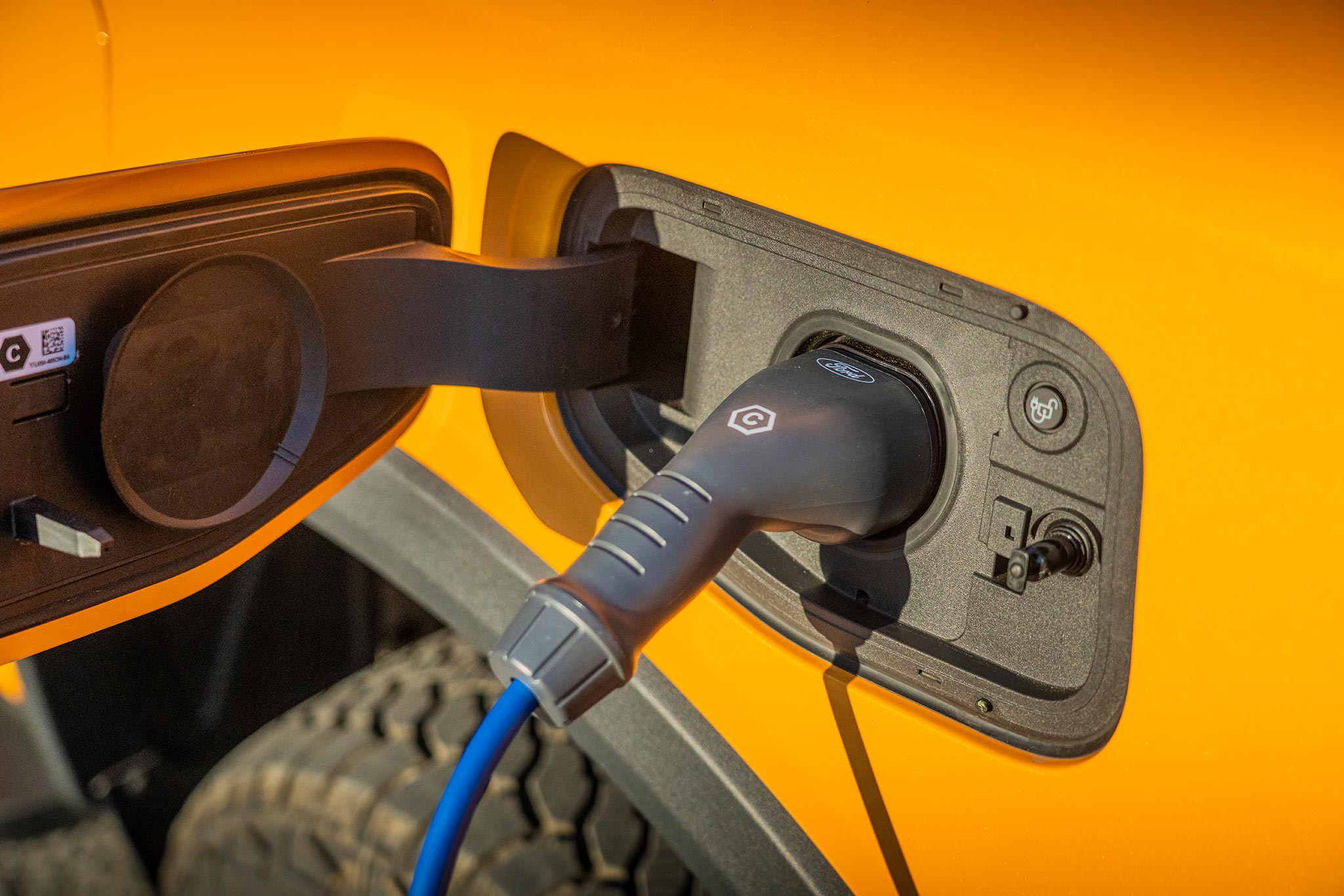
Most Ranger PHEVs will be leased rather than bought as they will be business purchases, so the fact it costs the same as the 3.0-litre V6 diesel will be irrelevant. What will be more interesting are the tax rates.
Because the PHEV still has a payload of a tonne, it qualifies as a commercial vehicle for VAT reclaim purposes. But, confusingly, the new benefit-in-kind rules mean it is seen as a car when available for personal use. The lower emissions of the PHEV mean the tax payable would be £4,191 for a 40% payer, compared to £8,322 for the diesel. That’s a big saving. Bear in mind the PHEV will go up by 1% a year though, so it will cost £4,633 in the 2027 tax year.
That’s better, but will still be a shock to anyone used to pick ups being treated as vans for BIK purposes and paying the old rate of £1,608.
Ford claim some big fuel savings if you plug in regularly too. If you don’t, the hybrid system will still help out with the efficiency but storing energy in the battery and feeding it back when you’re accelerating.
The maintenance costs should be comparable to the diesel too.
Verdict
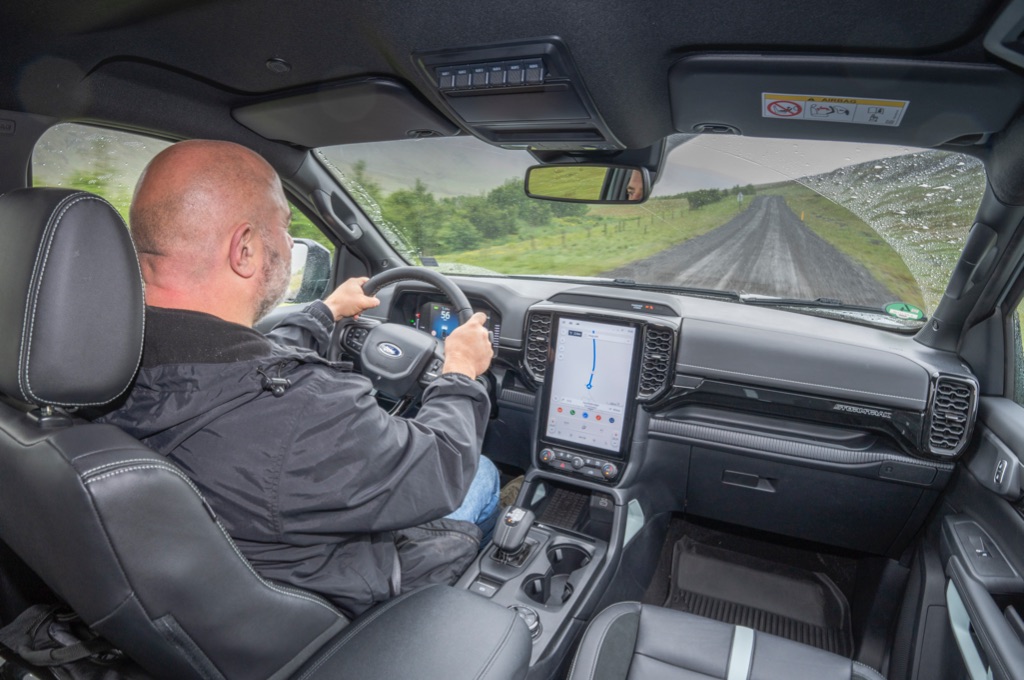
If you were driving a pick up purely as a tax dodge, the party is over. You are likely to look elsewhere to minimise your liabilities, such as with an electric SUV. But if you really do need something to tow or go off road, then the Ranger PHEV is a great way to minimise your liabilities without compromising your load lugging abilities. As a bonus, you get more refinement too.





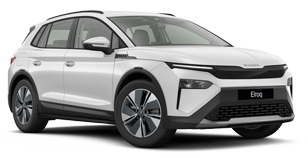


 CO2: 72g/km
CO2: 72g/km